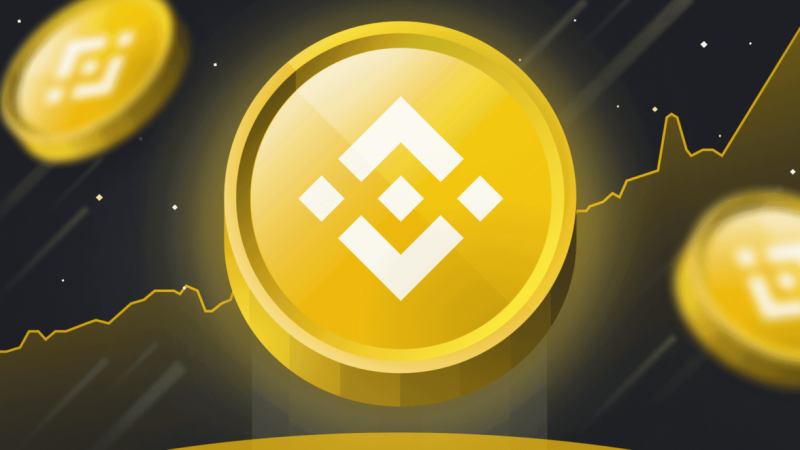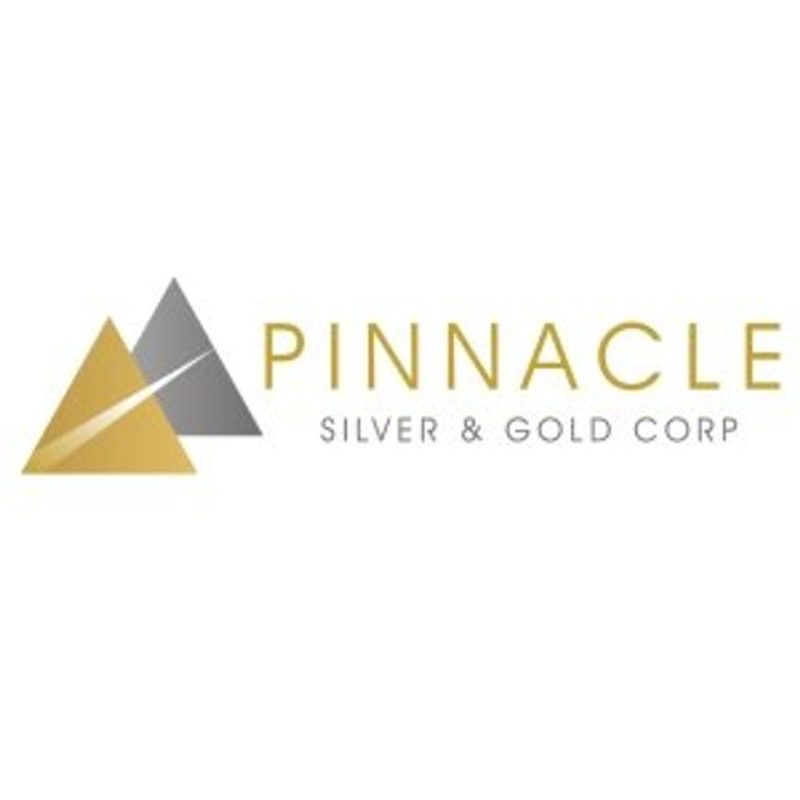Chain Abstraction: Redefining Blockchain Innovation

Blockchain technology has increased potential, but one of the biggest challenges has been its fragmentation. With so many different blockchains, each with its own tools and ecosystems, building decentralized applications (dApps) that work smoothly across them can be tough. That’s where chain abstraction comes in, it’s transforming the landscape by providing a way to bring everything together. In this feature, we chat with Roy Hui, Co-founder of LightLink, and Keer Liu, Ecosystem Growth Lead at Orbiter Finance, to explore how chain abstraction is reshaping blockchain development and what it means for the future of Web3.
The Need of Chain Abstraction and Why Does It Matter?
At its core, Chain Abstraction seeks to remove the complexities of interacting with different blockchains. Roy Hui says, “In traditional programming, developers no longer write machine-level code; we use high-level languages that abstract the complexity. Chain abstraction does the same for blockchain.”
Chain abstraction is a concept that simplifies the user experience by hiding the complexities of blockchain technology, allowing end users to focus on the functionality of decentralised applications rather than the underlying infrastructure. It prioritises the user experience for gaming, DeFi, or social applications without requiring the management of the underlying blockchain. Keer Liu highlights the importance of simplifying the process to allow users to concentrate on functionality without concern for the underlying infrastructure. In this scenario, dApp developers can expect a substantial increase in conversion rates when drawing in users from Web2, whether through media campaigns or referrals from Web3 users.
Research indicates that the approach improves blockchain accessibility, allowing users to easily interact with dApps across different networks without worrying about manual asset bridging, managing different gas tokens, or frequent network switching. The promise of chain abstraction lies in making these complexities invisible to users, creating an ecosystem where various blockchains can be accessed through a single interface. This significantly enhances interoperability and improves the overall user experience.
Bringing Web2 Developers into Web3
Chain abstraction has the significant advantage of enablings developers familiar with Web2 technologies to move into Web3 without having to master blockchain tools. Developers can easily onboard in Web3 by utilizing open-source or subsidized tools by blockchain companies. For example, LightLink’s Bolt plugin allows developers to easily create NFTs using simple API calls, removing the need to handle the technical hurdles of blockchain infrastructure.
This accessibility is critical for businesses and developers interested in utilizing Web3 capabilities through NFTs, digital products, or secure financial transactions without the hassle of navigating multiple blockchain systems. As Keer Liu emphasizes, chain abstraction allows developers to build applications using the available technologies without being limited to a single blockchain, allowing them to focus on enhancing user experiences.
Solving the Interoperability Problem in Layer 2 Solutions
Layer 2 solutions have been designed to scale blockchains like Ethereum but often need more cohesion. This makes it difficult for developers to build apps operating seamlessly across multiple Layer 2 networks. Chain abstraction solves this issue by allowing developers to choose the best chain for their applications while the abstraction layer handles the underlying complexities.
Earlier this year, LightLink processed over 100,000 gasless transactions per day, powered by its Bolt plugin. The platform has over 200,000 users, including many developers utilising its gasless transaction model. The Bolt plugin enables minting up to 1,400 NFTs per second, showcasing how chain abstraction enhances scalability and efficiency for Web3 projects.
This unified approach also addresses the challenges developers and users face with liquidity and wallet aggregation. By creating a unified liquidity layer, users can manage assets across various chains from a single interface, eliminating the need to switch wallets or networks. This solution reduces user friction and increases developers’ efficiency.
Challenges of Chain Abstraction
While chain abstraction is a game-changer, there are challenges to overcome. Roy Hui mentions that one of the primary challenges is the need for more standardization across blockchains, akin to the confusion before the standardization of USB Type-C. Without such standards, chain abstraction can’t fully scale.
Keer Liu adds that ensuring security and managing cross-chain interactions are technical challenges. When dealing with many blockchains, each with its consensus mechanism, achieving seamless and secure communication can be complex. The risk of fragmentation in how assets and data move across blockchains remains, highlighting the need for solid communication protocols and secure frameworks.
The Future of Chain Abstraction
Despite these challenges, Hui and Liu are optimistic about the future of chain abstraction. Hui believes chain abstraction will lead to more ecosystem applications, users, and liquidity, allowing developers to focus on building decentralized applications without worrying about cross-chain compatibility issues. This will be important for accelerating Web3 adoption, especially as blockchain technology grows and diversifies.
Liu envisions chain abstraction as the key to fostering a more interconnected blockchain ecosystem, where mass adoption can happen without users needing to understand blockchain intricacies. By simplifying user interfaces and interactions, chain abstraction has the potential to achieve significant economic growth and innovation in the blockchain space.
Conclusion
As blockchain technology evolves, chain abstraction is crucial for simplifying and unifying the fragmented ecosystem. By removing the complexities associated with blockchains, developers, and businesses can create faster, efficient, and scalable applications. With tools like LightLink’s Bolt plugin and Orbiter Finance’s innovations in liquidity aggregation, chain abstraction enhances accessibility and streamlines the experience for users and developers alike. The future of blockchain must be simple, with easy access and scale.
The post Chain Abstraction: Redefining Blockchain Innovation appeared first on CoinGape.




